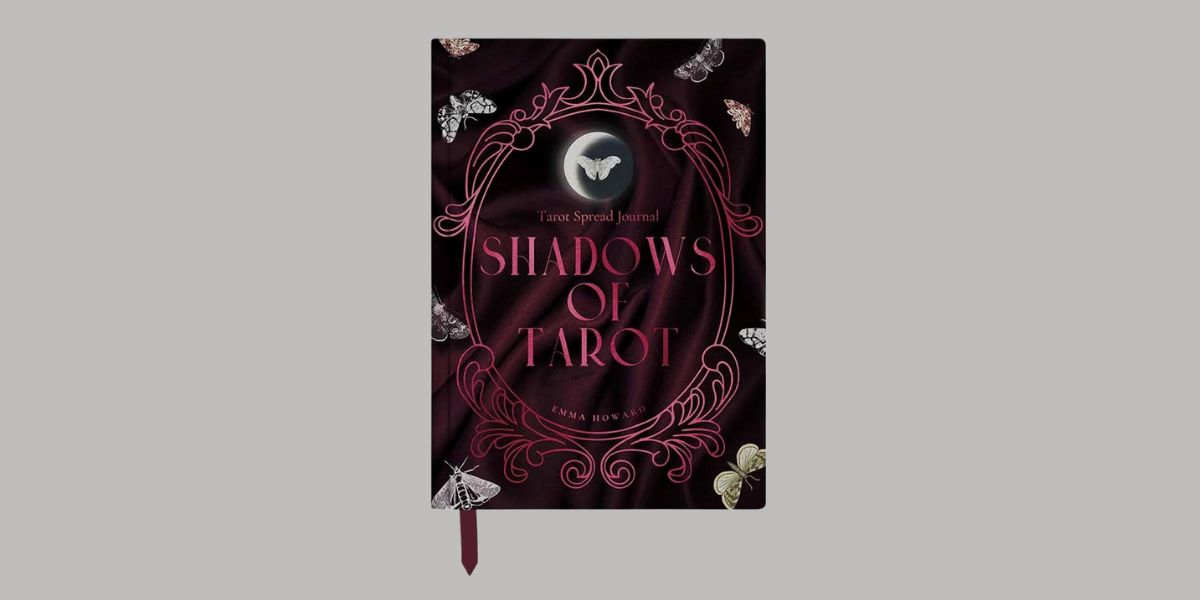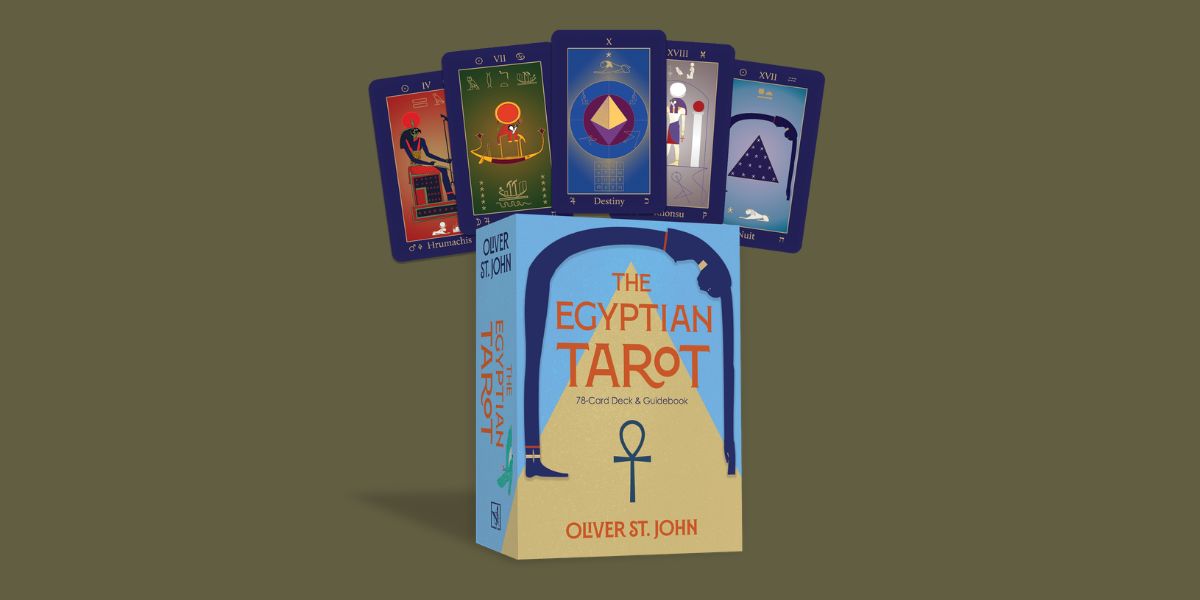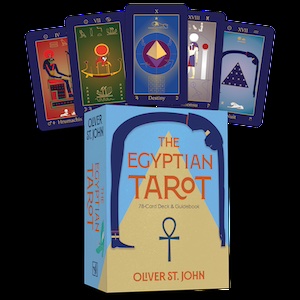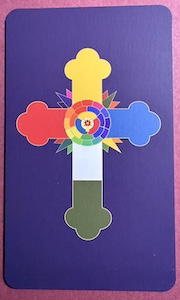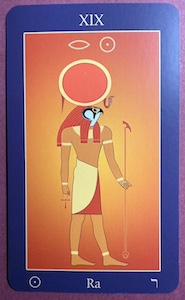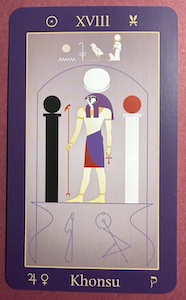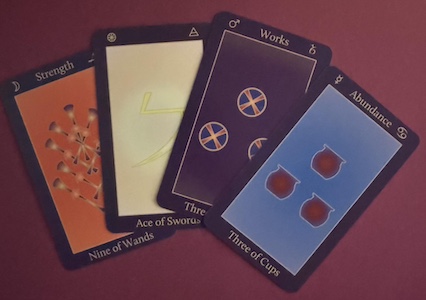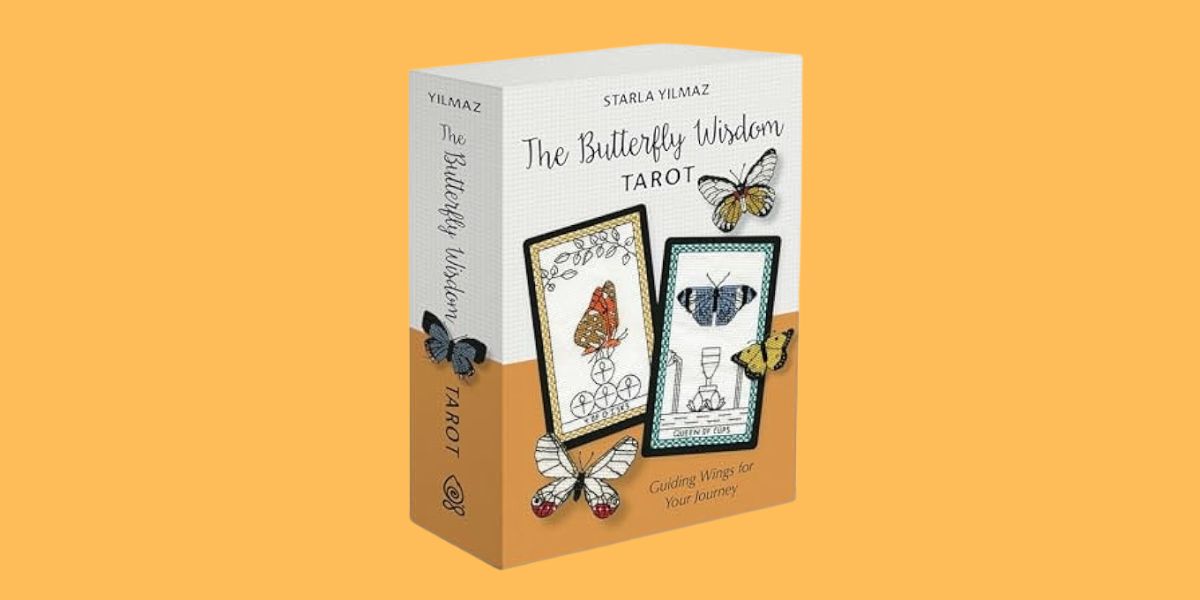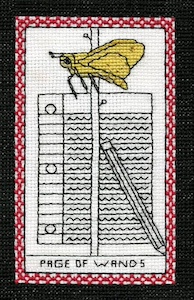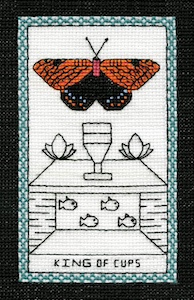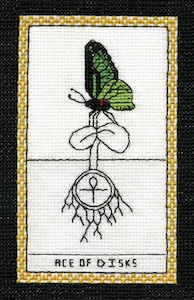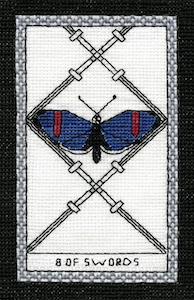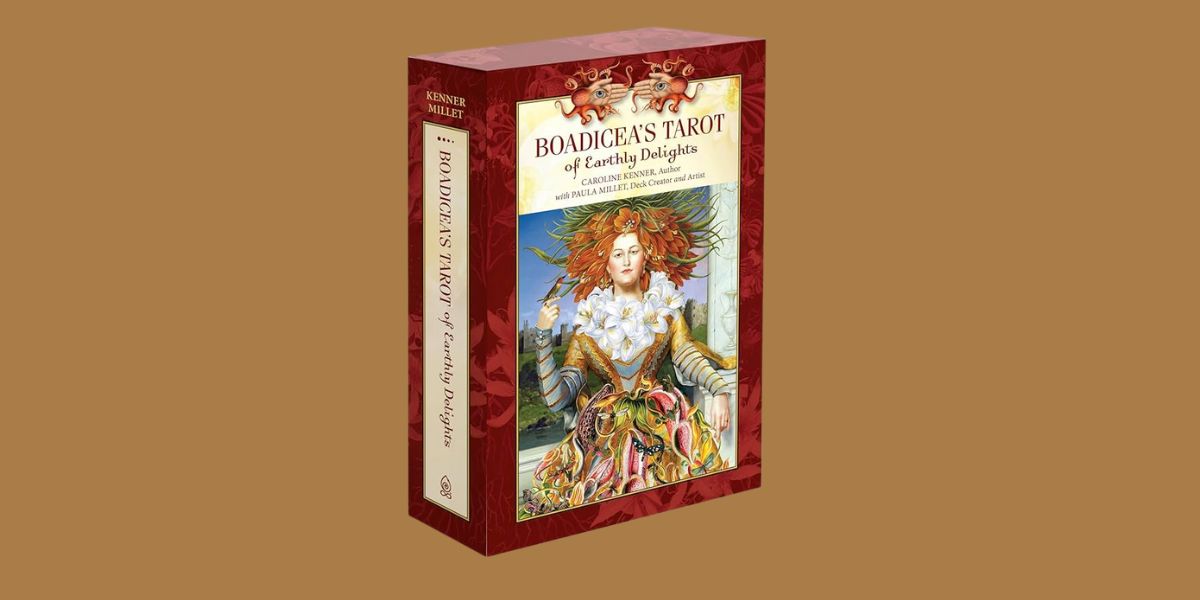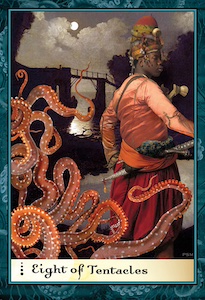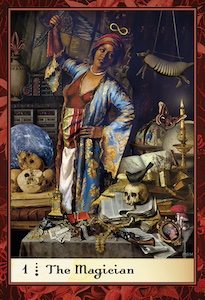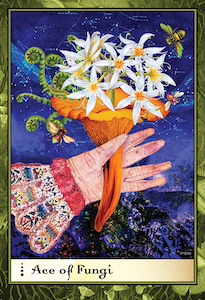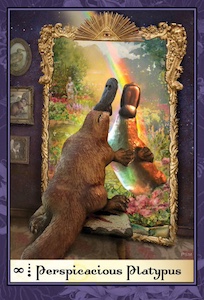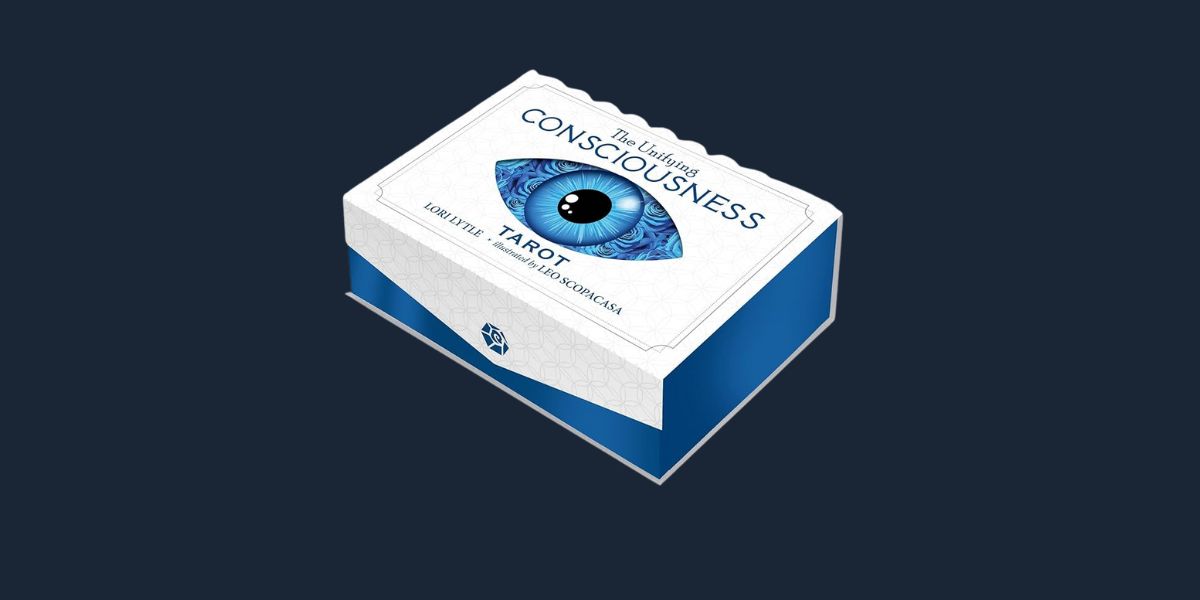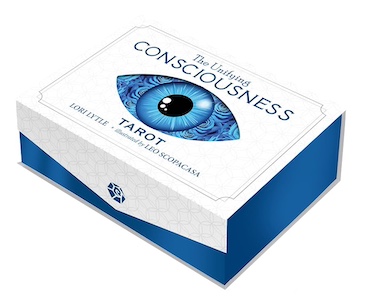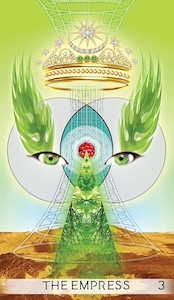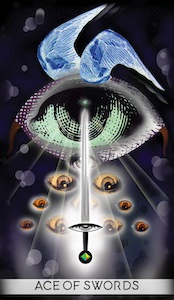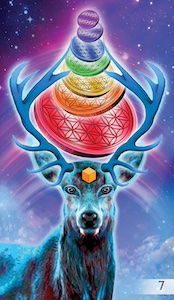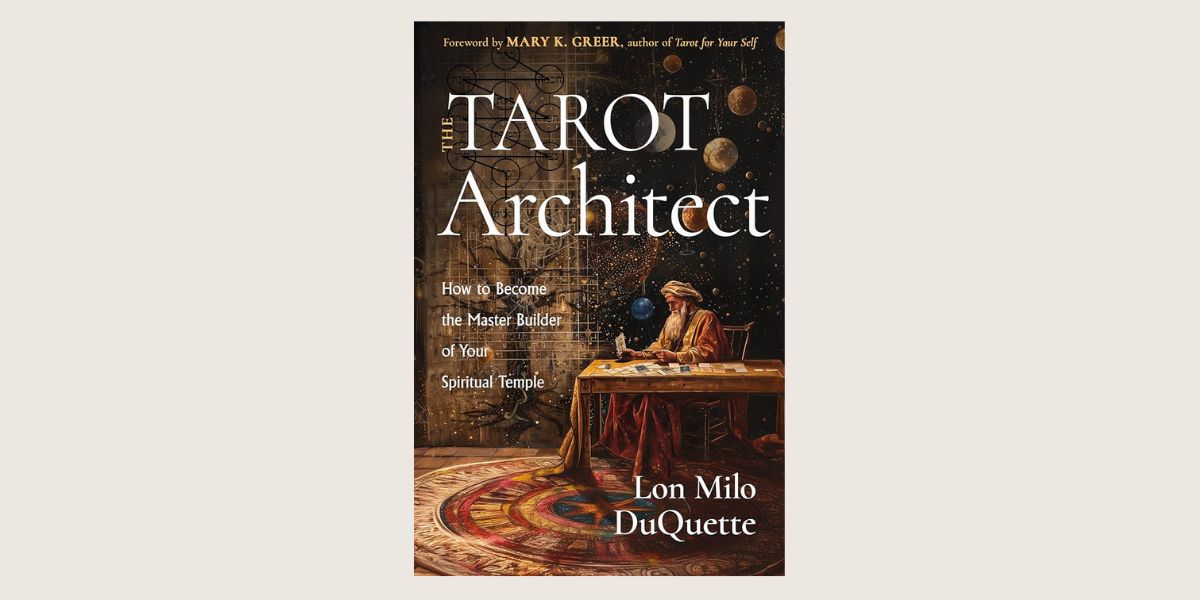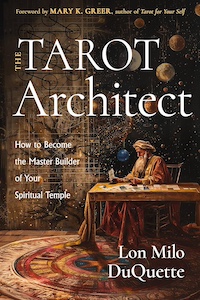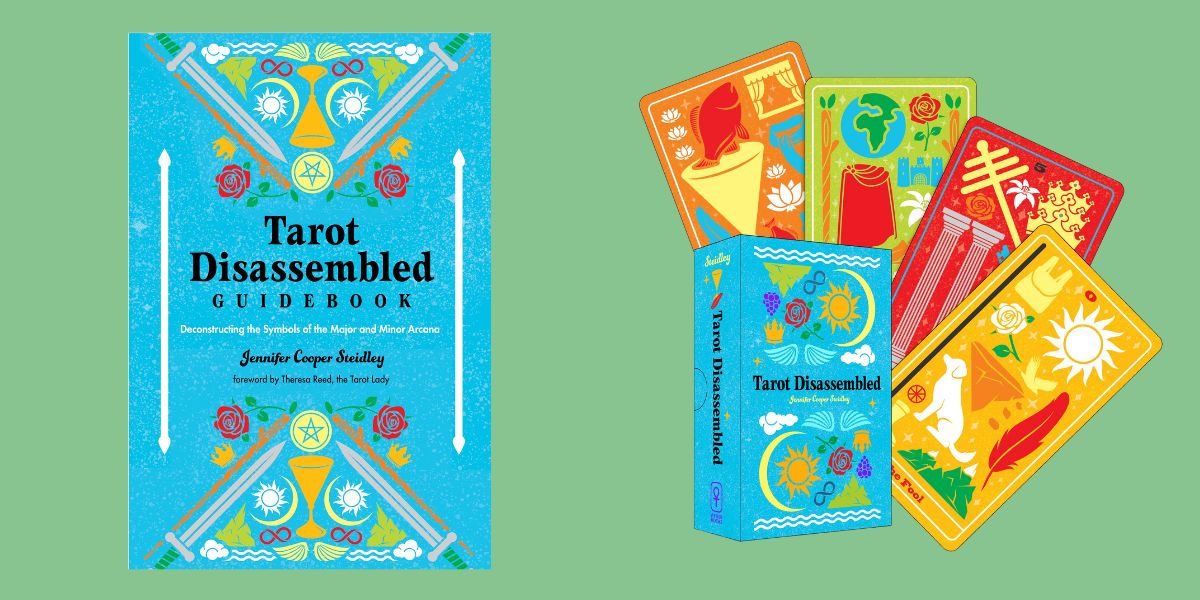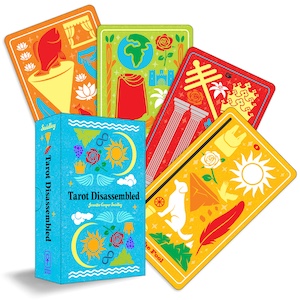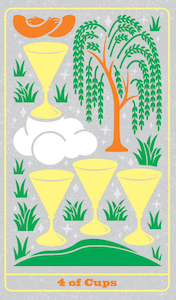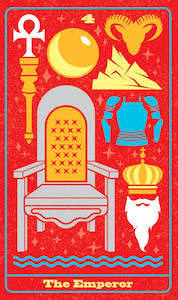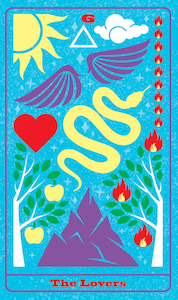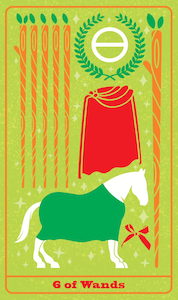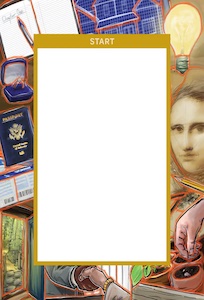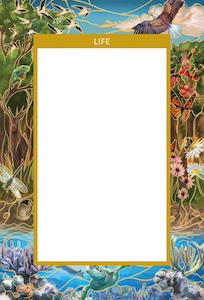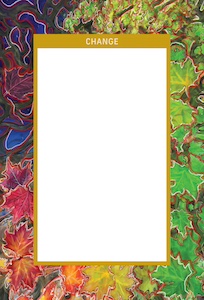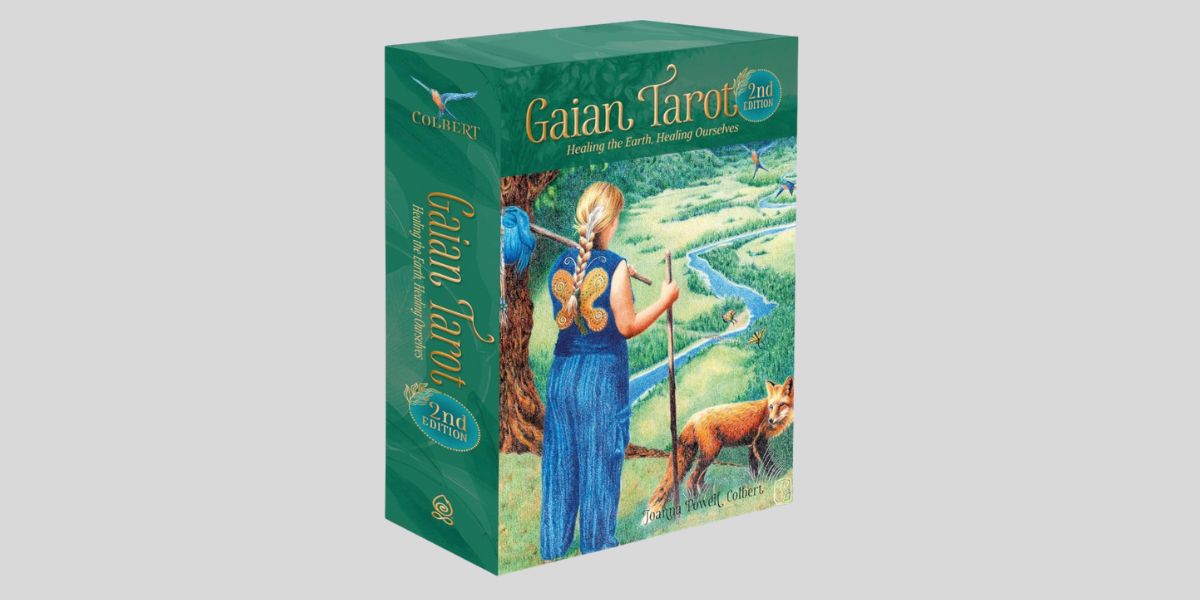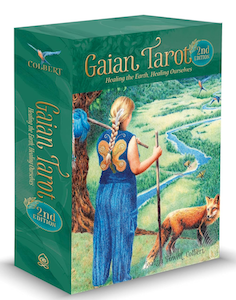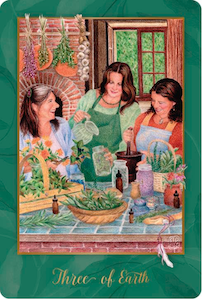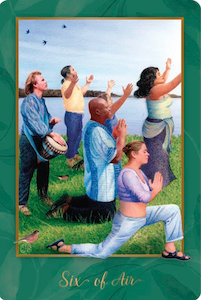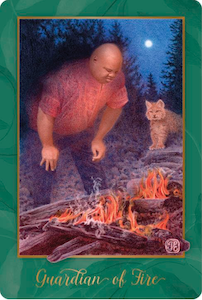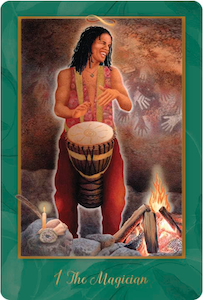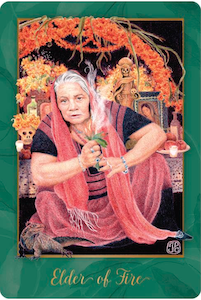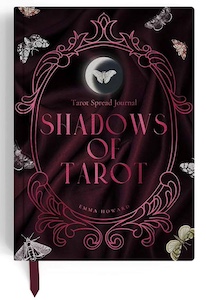
Shadows of Tarot: A Tarot Spread Journal, by Emma Howard
Sacred Scribe Publishing, 979-8990956032, 162 pages, October 2025
Shadows of Tarot by Emma Howard is a beautifully presented tarot spread journal. I loved the aesthetic the moment I laid eyes on it. The red and black hardcover journal with all the moths on the cover– three of my favorite things wrapped in one journal. Plus, the ribbon bookmark is nice to have so I don’t lose my place!
If you love tarot spreads like I do and you’re currently working on the shadow aspects of yourself, this journal will help give you better insight. At the start we are greeted by a guide on how to use this journal. There’s a side with the tarot spread and a side with questions and prompts, laying the blueprint for all the future queries.
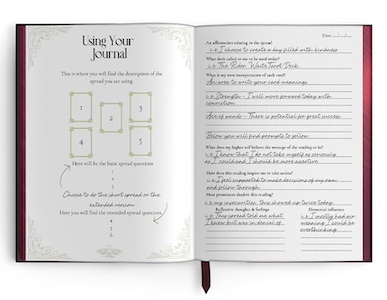
Then journal gets right into the spreads. There’s a lot of good spreads in this book– 66 in total! Each spread has a different amount of cards, most of which are around 5-7 cards. The longest one in the journal is at the beginning and is called the “Long Bag”. I decided to pick out the spread that called to me most and tried it out. The spread I tried out was “Hidden Depths”.
“Hidden Depths” helps you to understand both conscious and hidden traits. It’s all about self-discovery and understanding. For this spread I used my deck Magic of Tarot by Liz Dean. Each respective question for the pull was as follows:
“What unknown trait lies within my shadow self?”
“How does this hidden trait manifest in my daily life?”
“What messages does my shadow self have for me?”
“How can I bring this shadow aspect to consciousness?”
“What gift does this shadow aspect hold for me?”
The cards I pulled respectfully one through five were Page of Cups, Five of Cups, Nine of Wands, Two of Cups, Knight of Swords.
This reading made a lot of sense to me. Since the Page of Swords was upright, my mind instantly went to imagination. Lately, every now and then, my mind has been flickering to self doubt in the path I’m forging as an artist and writer; I’ve been down on myself for lacking in imagination. Five of Cups was reversed and that told me my worry and doubt blocks my manifesting of my imagination. I’ve been working hard on overcoming these traits. This reading has been an eye opener for me to understand that all I need is already what I have within me. I don’t need to doubt myself.
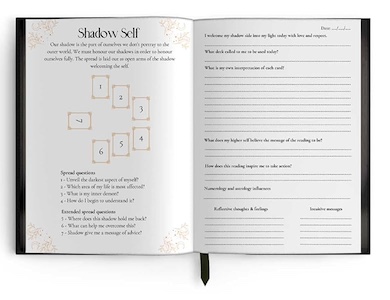
Nine of Wands reversed told me to stop letting my stress and pressure consume me, which with what I just explained, yes, yes I do. Two of Cups being upright on the other hand reminded me that meeting other creatives is the boost I need. I just have to overcome my social anxiety (huge shadow right there). So far I’m slowly coming out of my shell; I just think patience is needed on my end. Lastly Knight of Swords reversed, the gift of unavoidable challenges, made a lot of sense. This one reading alone was enough to impress me.
The top of the question/prompt side has a line to rewrite an affirmation and a line to record the deck used that day. There’s plenty of space for you to write your interpretation. There’s also lines for reflecting on what the higher self feelings the reading is about and the actions the reading inspires. For instance, for the question the journal asks, “How does this reading inspire me to take action?”, I wrote: “It inspires me to combat all of the challenges in my way.” This reading gave me a lot of realization that I needed.
There’s also lines to fill out the most prominent shadow in this reading, reflective thoughts and feelings, and the elemental influence. Water was my biggest elemental influence for this reading. I took that as a sign that I’m more in-tune with my emotions than I realize or give myself credit for.
All the more that I can say is I’m really impressed with Shadows of Tarot and I enjoyed the tarot spread and filling out the questions. It’s great because for me this really gave me a mental check in. It made me realize I’m straying from what I’m trying to not be anymore. If you’re looking for more insight into yourself, want to check in where your shadow is at, or start your shadow journey with tarot, this is the journal for you. It is great for beginners and experienced readers!

Holly is a witch, photographer, tarot reader, artist, and freelance writer from Appalachia. She’s driven by her passion and stubbornness to follow her dreams of becoming a successful artist and writer. She can be found on Instagram under @hermitwitchholly.
